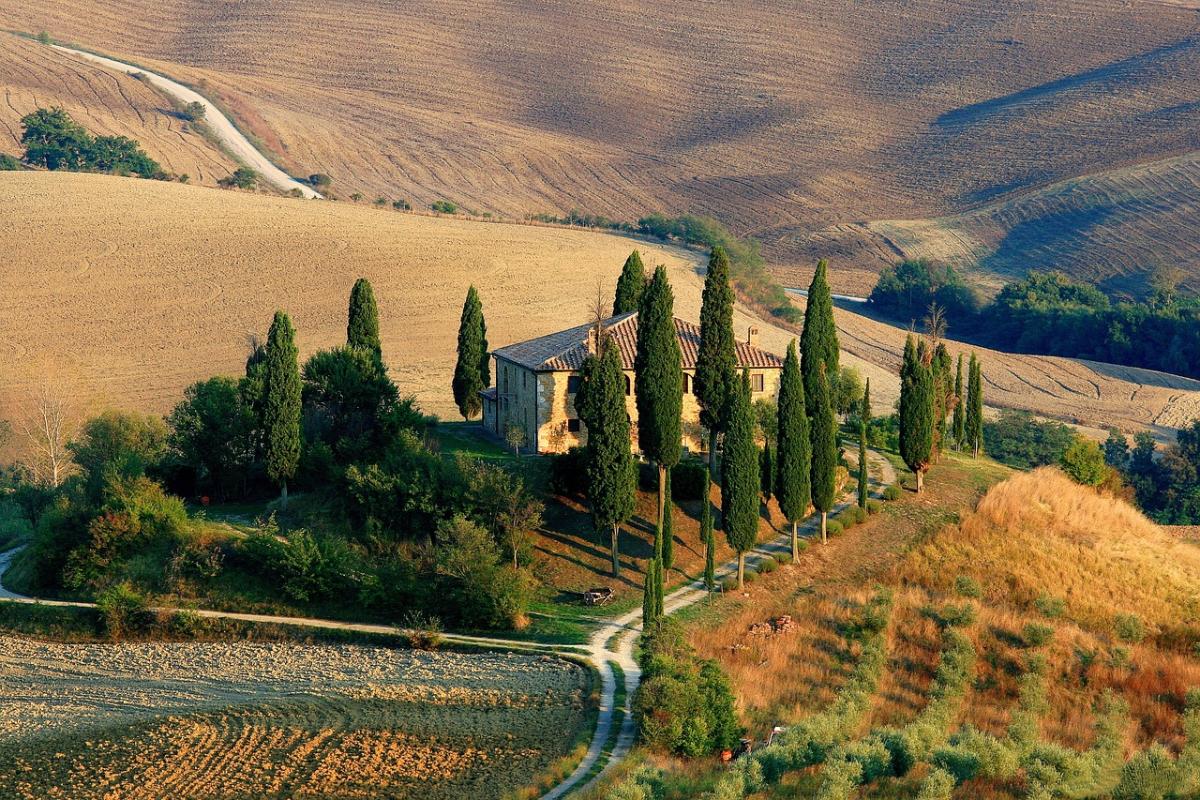





Over the past decade, the word “digital nomad” has been associated with young freelancers working on a laptop from the beach. In 2025, this stereotype has been completely outgrown. A new, more elegant and stable version of this model has emerged: Digital Nomad 2.0 – wealthy people who are not tied to a location, but do not compromise on luxury, style, or infrastructure. They live seasonally between several destinations, own or rent properties in top locations, and create a new standard for a mobile lifestyle, in which the boundaries between work, travel, and home are very elegantly blurred.
Digital Nomad 2.0 does not live in hotels, but in homes with a soul. This is someone who invests in a few strategic properties around the world or uses high-end residence clubs such as The Hideaways Club, Soho House, Inspirato. Each property is an extension of their personal style – with designs that reflect the local culture, while still providing the standards of a five-star hotel.
This lifestyle allows the modern cosmopolitan to have several homes at once – in Tuscany for May and June, in Cabo San Lucas in July, in Bali until the fall, before returning to a city residence in London or Vienna. The homes are maintained by local teams, personalized according to the habits of the resident, and remote control of lighting, climate and security is a basic standard.
They are not just professionals with a laptop and good Wi-Fi. These are owners of international companies, investors in innovation and art, technological visionaries, architects, digital entrepreneurs. They often work with global teams, and their decisions are not dependent on a single geographical point. For them, true freedom is choosing where to live each month without it interfering with their business – quite the opposite, in fact.
The new digital nomad values high-speed internet, a discreet location, the convenience of video conferencing, but also organic food from the local market, meetings with like-minded people, exclusive access to art spaces, clubs or sports facilities. More and more of them are raising their children in this model, through homeschooling, private tutors or through international schools with campuses around the world.
Three continents dictate the taste of the new mobile aristocracy: Europe, Asia and America. In Europe, the classic remains Tuscany – with new life in the estates transformed into sustainable villas with contemporary design. Mallorca and Ibiza offer a mix of tranquility and social life, and Greece wins hearts with islands such as Paros and Lefkada, where modern minimalism meets centuries-old tradition.
In Asia, Bali remains the undisputed leader – not because of mass tourism, but because of its secluded areas, where designer villas are built with the philosophy of Zen solitude. The Japanese islands, including the artistic Naoshima, are gaining popularity among those seeking intellectual and cultural depth.
On the other side of the ocean, Cabo San Lucas and the beaches of Costa Rica offer nature, raw beauty and world-class infrastructure, attracting digital nomads with an ecological sensitivity. In the USA – eternal California, but now outside of San Francisco – towns like Carmel-by-the-Sea, Napa Valley or Big Sur are the new magnet points.
For the Digital Nomad 2.0, it is not enough to simply “be able to work from the beach”. The expectations are for a home where you can hold a business meeting on Zoom from a designer office, relax in an outdoor pool, have a kindergarten on site and dinner prepared by a local chef. There are companies that offer full support for this lifestyle – including logistics, legal services, staff, local maintenance and even interior adaptation when renting.
This model not only does not exclude family life – on the contrary. The new wave of nomads are couples with children who build a balanced lifestyle in which work, nature, culture and education are interconnected.
Although not at the top of the world nomad map, Bulgaria is starting to attract interest – mostly with its peaceful natural areas, good internet connectivity, attractive prices and an increasing number of boutique properties, especially around Pancharevo, Bansko, Arbanassi or the bays around Sozopol. For digital nomads from Israel, Germany and Scandinavia this is already a reality – in the last year, interest in properties for seasonal stays of a high category has been growing.
Digital Nomad 2.0 is not looking for roots, but for a temporary port that will inspire him. He does not bring everything with him, but builds a sense of home everywhere. This is not an escape from commitments, but a move towards meaning – closer to nature, to creativity, to authentic experience. For these people, geography is not a limitation, but a tool. They do not choose between life and work – they create their own rhythm, with luxury that does not scream, but is simply present.